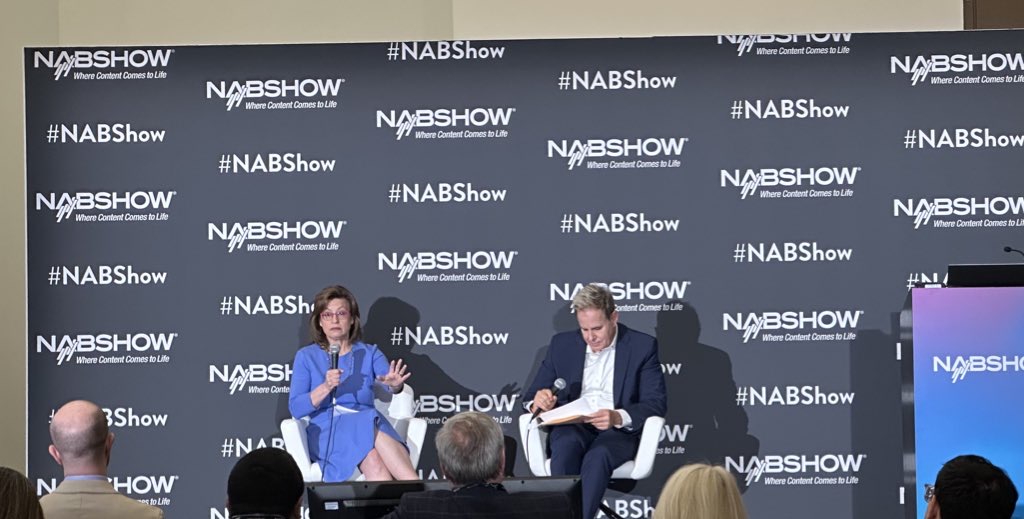Cord-Cutting by Black Viewers Highlights the Value of Diverse Content
A new study from Horowitz shows that pay TV subscriptions in Black households have dropped by a quarter since 2017

NEW YORK—A new survey from Horowitz Research is reporting that only 61% of Black households, a group that has long been one of the most loyal cable and satellite customers, had a pay TV subscription in 2021.
That marks a precipitous decline from the 88% levels in 2017 and highlights the importance of MVPDs offering a line-up of culturally relevant content if video providers hope to retain those customers.
Adriana Waterston, Horowitz’s chief revenue officer and insights & strategy lead, explained that “Horowitz has long asserted that Black consumers are some of the best customers for entertainment content and services; these are audiences who should not be taken for granted. Many companies are late to the game, only now focusing on the Black audience in the context of BLM and new diversity mandates. To not be viewed as simply pandering, companies who hope to serve the Black audience must make meaningful and sustained investments, not just in programming and marketing, but in community outreach and support, in order to earn this valuable audience’s trust.”
Though Black households were shedding cable at a slower rate as compared to the overall market, the Horowitz data shows that among Black consumers who are cord-cutters, half have cut the cord within the past 3 years.
The study also found that Black homes are becoming less likely to include a pay TV subscription in the content they use and are willing to pay for.
In 2018, 69% of Black households were “content omnivores,” a term Horowitz coined in 2017 to describe those households who are the hungriest for content and are willing to pay for traditional MVPD services as well using a variety of streaming services in order to access all the content they want.
In this year’s study, only one in three (33%) Black households are content omnivores; almost 4 in 10 relied on combinations of streaming services, digital antennas, and/or vMVPD services to access their TV content.
Get the TV Tech Newsletter
The professional video industry's #1 source for news, trends and product and tech information. Sign up below.
Another segment of about one in four rely only on traditional MVPD services and do not stream at all.
Not surprisingly, income and age play an important role in platform choices, Horowitz reported. Black households with lower incomes are less likely to subscribe to traditional MVPDs, and 80% of Black cord-cutters believe that they are saving at least a decent amount after having done so.
Older Black TV content viewers are more likely to subscribe to MVPD services (65% among those 50+) and to use antennas (28% among those 50+) than younger Black TV content viewers (57% and 12% each, respectively).
Despite shedding the MVPD cord, there is still interest in many of the features of the multichannel experience, the report said.
For example, 64% of Black TV content viewers say that they enjoy flipping through channels, and the study finds that Black TV content viewers still highly value live television, local broadcast news, national news, and sports content—the mainstays of traditional providers.
Culturally relevant content is also in high demand among Black audiences, with 60% of Black consumers watching content geared to Black audiences at least weekly.
That suggests that providers that can deliver the best variety of ultra-current local, national, and international content that reflects contemporary Black perspectives and culture, combined with robust on-demand offerings, will be the best positioned to attract this valuable audience, the researchers noted.
The data is from the new “State of Viewing & Streaming: FOCUS Black” report.
George Winslow is the senior content producer for TV Tech. He has written about the television, media and technology industries for nearly 30 years for such publications as Broadcasting & Cable, Multichannel News and TV Tech. Over the years, he has edited a number of magazines, including Multichannel News International and World Screen, and moderated panels at such major industry events as NAB and MIP TV. He has published two books and dozens of encyclopedia articles on such subjects as the media, New York City history and economics.

